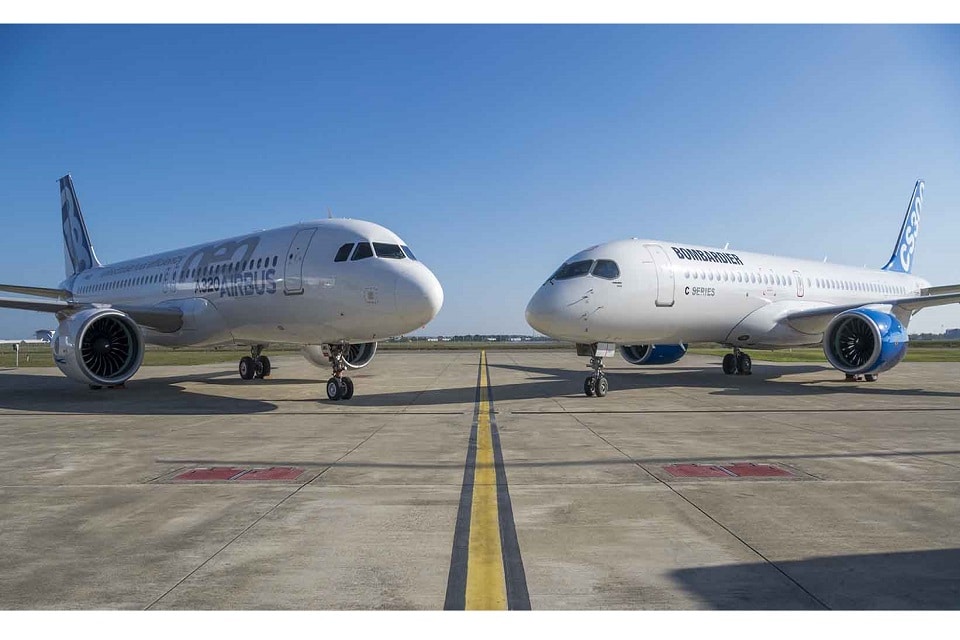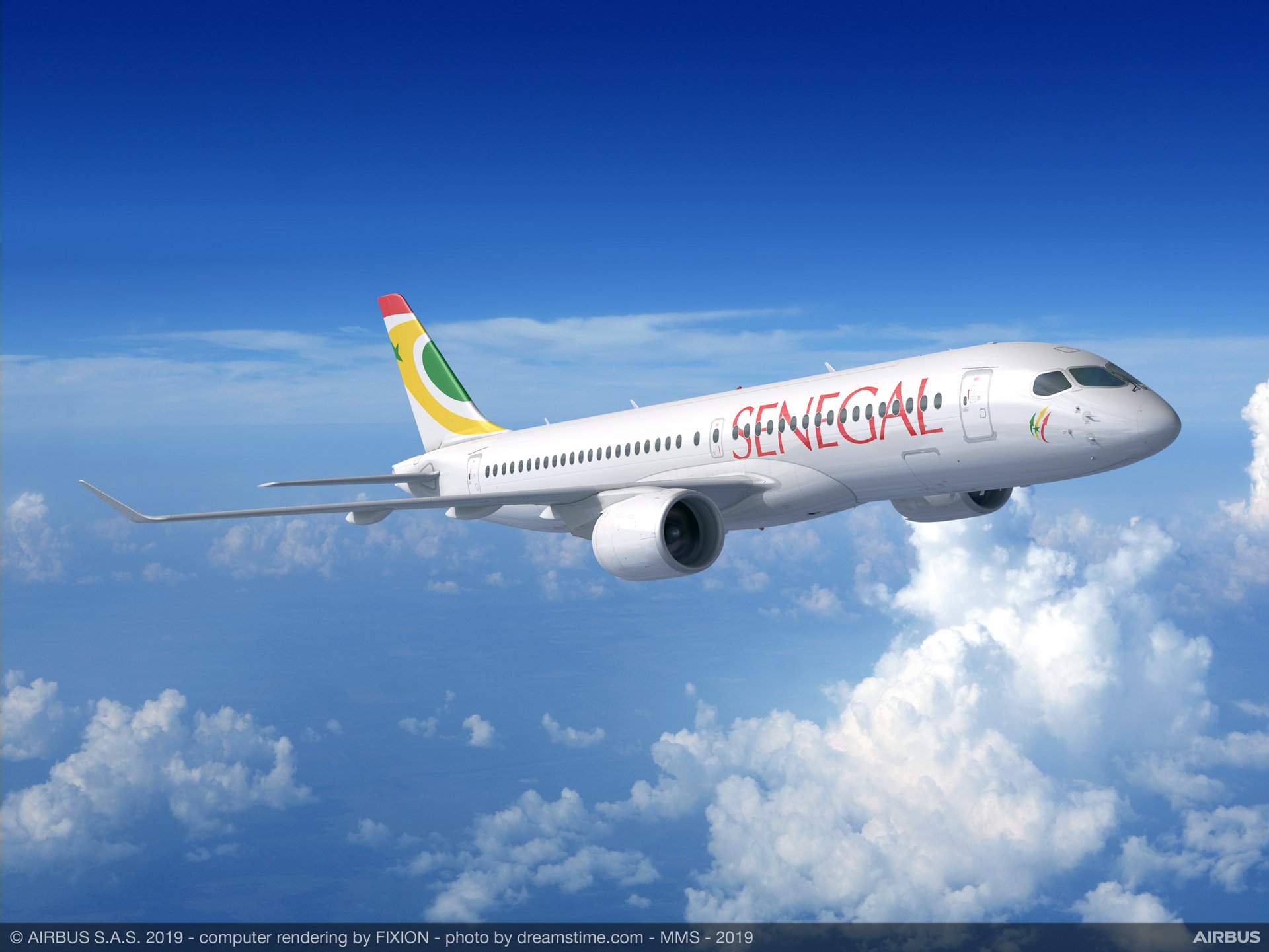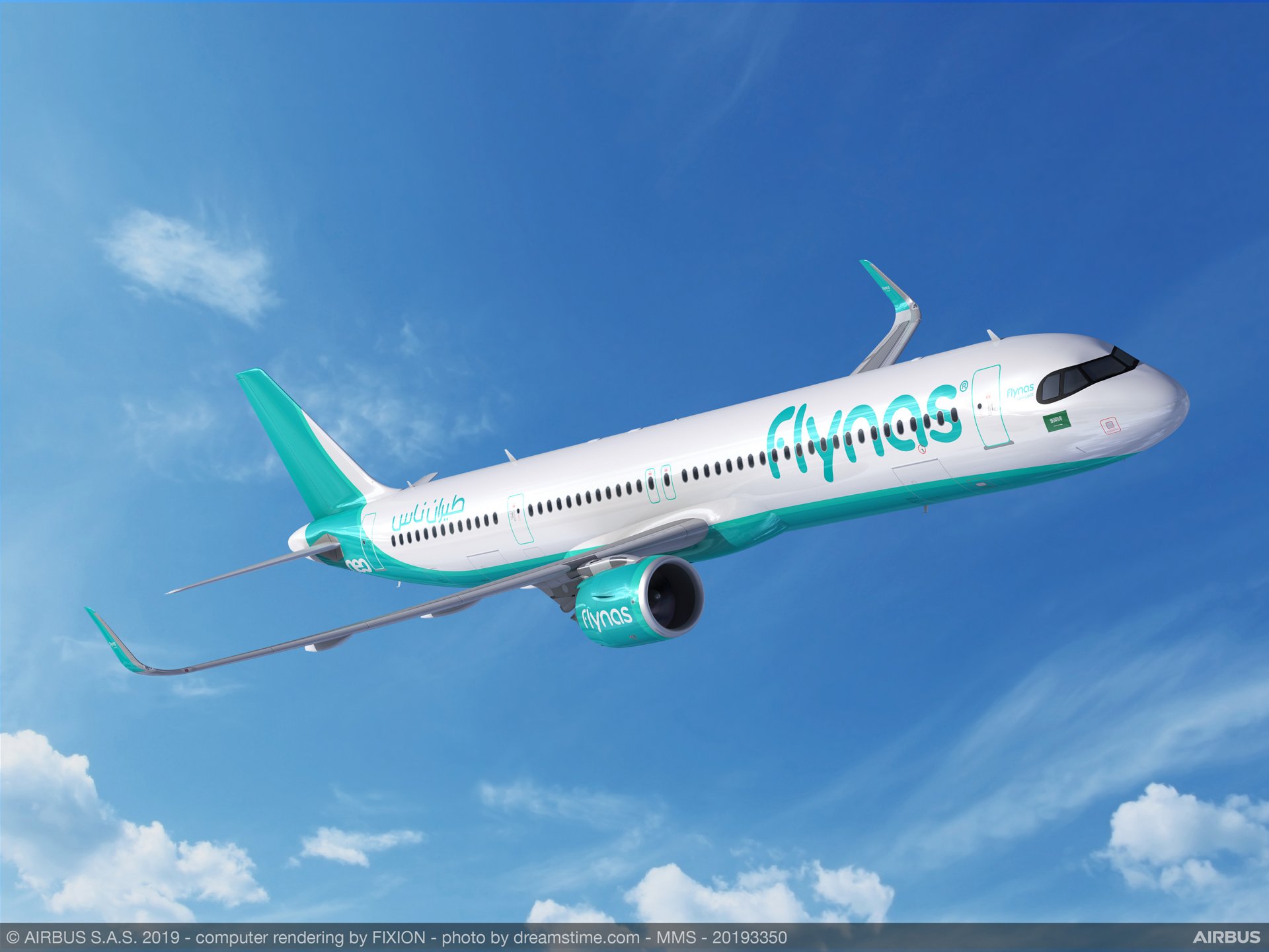Aviation
How many orders Airbus received today at Dubai airshow (Day 3) ?

easyJet orders 12 more Airbus A320neo aircraft

easyJet has exercised purchase rights to increase its fleet of A320neos by 12 new aircraft. The agreement takes the carrier’s total order for the A320neo Family to 159 aircraft and its overall orders for Airbus single aisles to 480 A320 Family.
easyJet currently operates over 1,000 routes with a fleet of 333 A320 Family aircraft (39 A320neo Family and 294 A320ceo Family) and serves over 155 European airports in over 30 countries. From its first A320 Family delivery in 2003, easyJet has grown to operate Europe’s largest A320 Family fleet and is also Europe’s largest customer for the NEO.
Air Senegal to grow its fleet with eight A220s

Air Senegal, the new national carrier of Senegal, has signed a Memorandum of Understanding (MoU) for eight A220-300 aircraft.
The MoU was signed today in the presence of HE Alioune SARR, Minister of Tourism and Transport Senegal.
The A220s’ efficiency will enable Air Senegal to reduce the airline’s operating costs while offering passengers unrivalled comfort throughout its fleet. Earlier in 2019, the carrier was the first African airline to fly Airbus’ new generation widebody aircraft, the A330neo, featuring latest technology engines, new wings with enhanced aerodynamics and a curved wingtip design, drawing best practices from the A350 XWB.
flynas firms up 10 A321XLRs

flynas, Saudi Arabia’s first low-cost airline,has signed a firm order for 10 A321XLRs at the 2019 Dubai Airshow. The agreement was signed by Bandar Almohanna, flynas Chief Executive Officer and Christian Scherer Airbus Chief Commercial Officer.
In 2016, flynas signed an agreement for 80 A320neo family and currently operates a fleet of 27 A320ceos and 4 A320neos.
In 2018, the airline transported more than 6.6 million passengers on 60,000 domestic and international flights. The airline is currently operating over 1,200 flights weekly to 17 domestic destinations and 53 international destinations.
GECAS orders 12 A330neo and 20 A321XLR aircraft

c], has signed a firm order for 12 highly efficient wide-body Airbus A330neos and 20 long-range single-aisle A321XLRs.
The agreement for the A321XLR includes an order for 13 new planes and the upsizing of seven A321s in its existing backlog. The latest order takes the total number of A330 Family aircraft ordered by GECAS to 45 and all variants of the A320 Family to 588.
At the Dubai Airshow, Christian Scherer, Airbus Chief Commercial Officer said: “Having one of the world’s most respected and influential lessors invest in the A321XLR and the A330neo, speaks volumes on their global appeal, versatility and solid value as an asset. Airbus thanksc

Aviation
Boeing, Antonov to Collaborate on Defense Projects

– MOU represents Boeing’s commitment to work with Ukrainian industry
– Includes exploring opportunities for collaborating on in-country support of Unmanned Aerial Systems
A Memorandum of Understanding was signed today by Boeing and Antonov Company to investigate potential collaboration on defense-related projects.
“We’re happy to keep collaborating with the Antonov Company to help Ukraine’s economic development and expansion,” stated Ted Colbert, CEO and president of Boeing Defence, Space, & Security.
Airbus and the Antonov An-225: The Best Partnership:Click here
“This agreement demonstrates our ongoing efforts to find more opportunities to work with Ukrainian industry, which was underscored by our signing of the Ukrainian Defence Industry Compact earlier this year.”
The areas of potential collaboration identified in the agreement consist of training, logistical support and overhaul services for tactical Unmanned Aerial Systems utilized by the Ukrainian Armed Forces, which includes the ScanEagle. In addition, the companies will also explore opportunities for Antonov to provide engineering support to Boeing.
The six largest cargo aircraft ever built in the aviation industry:Click here
“A strong, innovative, and efficient defense industry is key to sustainable economic development and national security, and we are extremely excited to collaborate with Boeing,” said Ievhen Gavrylov, CEO of Antonov Company.
This agreement brings a whole new level of opportunity to implement the latest and most effective solutions – in addition to the possibility of future projects with Boeing in the aerospace and defense industry.”
-

 Travel1 week ago
Travel1 week agoAir India to Expand US Operations with Three New Routes After a Decade
-

 Travel2 weeks ago
Travel2 weeks agoWhy We Should Avoid These Stamps in a Passport
-

 Airlines1 month ago
Airlines1 month agoInvestigations Reveal Fake Chinese Titanium in Boeing and Airbus Jets
-

 Tech4 weeks ago
Tech4 weeks agoChina’s CATL Plans 1,800-Mile Electric Plane Launch by 2027
-

 Airport3 days ago
Airport3 days agoTop 10 Largest Airports in the World by Size
-

 Aerospace4 weeks ago
Aerospace4 weeks agoChina’s Fighter Jets Turn Wings into Autonomous Drones
-

 Airlines4 days ago
Airlines4 days agoAir India Rolls Out A350s for Delhi-New York JFK and Newark Routes
-

 Defence3 weeks ago
Defence3 weeks agoBoeing Enhances Chinook with New Engines and Block II Upgrades at $96 Million







